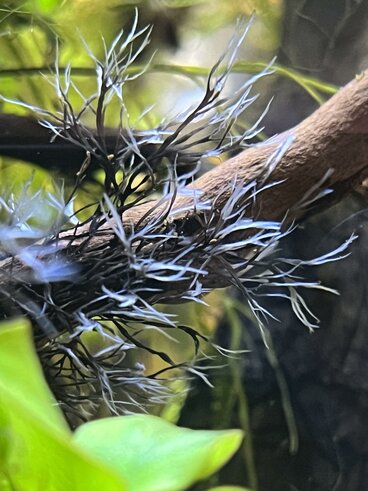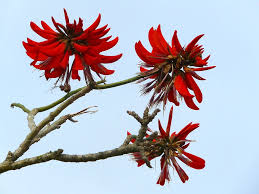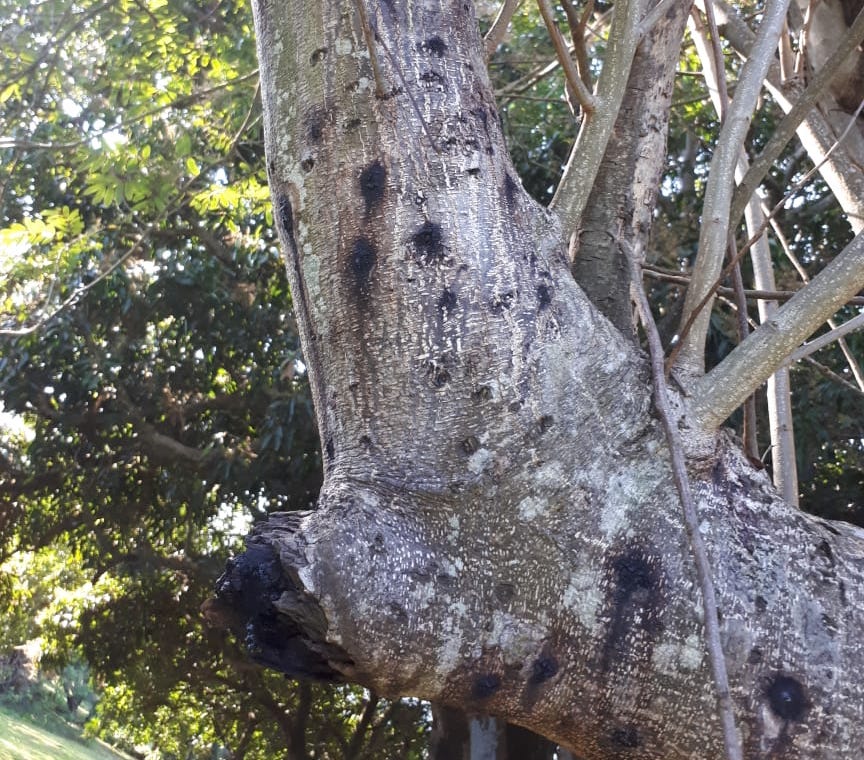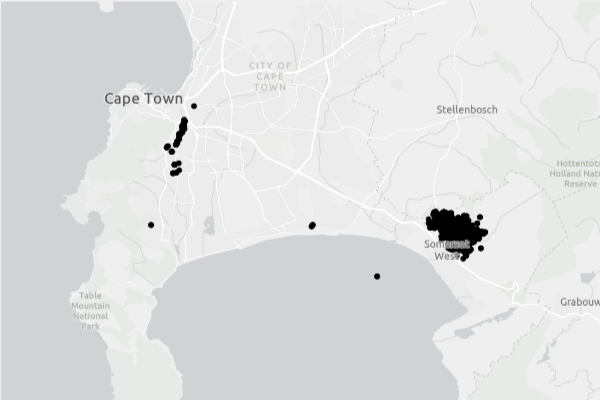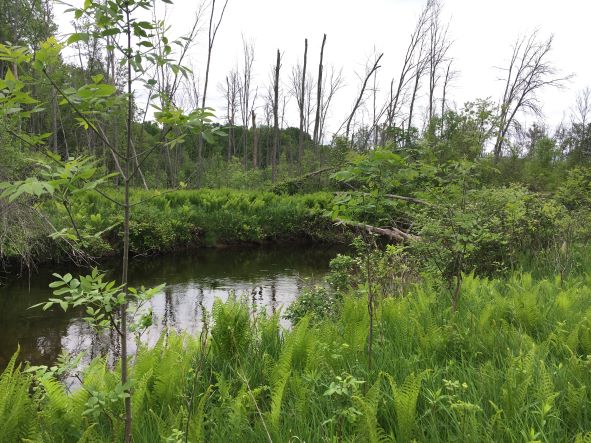Since the 1990s, scientists have been trying to the determine costs imposed by invasive species. They hope that measuring monetary costs will motivate political decision-makers to take more assertive actions to counter this ecological treat. As Daigne et al. (2021) point out, too few countries are implementing effective control and mitigation strategies. They say this inaction stems, largely, from undervaluing bioinvasions’ impacts by the general public, stakeholders and decision-makers.
A major step in this effort was creation of the InvaCost database. The goal was to provide a reliable, comprehensive, standardized and easily updatable synthesis of bioinvasions’ monetary costs worldwide.
Several publications based on this database appeared. I have blogged about studies published in 2021 or 2022: a) the costs of bioinvasions generally (Cuthbert et al. 2022); b) the costs imposed by invasive species in protected areas (Moodley et al. 2022; c) a focus on the “worst” 100 invasives (as determined by the IUCN) (Ahmed et al. 2022); and d) assessing costs associated with various pathways of introduction (Turbelin et al. 2022).
The InvaCost database, as applied in these studies, demonstrated that bioinvasions impose tremendous costs –a minimum of US $1.288 trillion for the period 1970 – 2017. These costs increased on average three times per decade (Daigne et al. 2022).
Still, everyone has recognized that InvaCost data have significant limitations. First, three-quarters of the records in the original database came from North America, Oceania and Europe; and referred to animal taxa, even though plants are a major group of invaders. Also, a large proportion of total invasion costs – for all taxa – probably is undetected. Finally, the many non-market values of species and ecosystems are extremely difficult to calculate (Daigne et al. 2022).
As a result of these deficiencies, the earlier studies discussed in the blogs referenced above substantially underestimated the true costs associated with bioinvasion (Cuthbert et al. 2022).
Now a new study, led by Ismael Soto, finds that the underestimate is huge. Global costs associated with a subset of 162 species (17% of all the species in the InvaCost database) is nearly 17 times higher than reported in the InvaCost database.
Soto et al. (2025) applied species distribution models and macroeconomic data to interpolate these 162 species’ probable impacts in 172 countries
The newly identified costs were greatest in Europe; second place fell to North America. This is because both higher damage costs and management expenditures are linked to higher gross domestic product and extent of agricultural area, in addition to environmental suitability. Analysis of monetary costs per unit area revealed that ‘cost hot spots’ are predominantly located in densely populated urban areas and locations hosting key industries. These tend to be in coastal zones, i.e., Europe, the east coast of China, and the east and west coasts of the US.

The authors found that the greatest increase in estimated costs for countries in Africa and Asia. These countries had not previously recorded any economic costs arising from invasions by these 162 species. I have blogged about forest pest threats in Africa.
The authors also significantly increased estimated costs linked to invasive plants. Daigne et al. found that invasive insects caused ~90% of reported costs in the InvaCost database as of 2022. Vertebrates ranked second, plants third. In contrast, Soto et al. determined that invasive plants had the highest average estimated damage costs (US $42.10 billion) and management expenditures ($0.81 billion).
Substantial total costs were also reported for arthropods, mammals and birds. Reported damage and management costs were much lower for molluscs, fish, reptiles and amphibians. Daigne et al. suggest this might be due to their lower (observable) damage to human infrastructure, research biases leading to fewer studies, or disparities resulting from the filtering process used in their own study.
Williams et al. (2023) focus on insects, which cause damage primarily to agriculture, human health, and forestry. Insects constitute the highest number of species introduced as ‘Contaminants’ (n = 74) and ‘Stowaways’ (n = 43). They also impose the highest costs among species using these two pathways.
Forest insects and pathogens account for less than 1% of the records in the InvaCost database. I believe that this figure reflects significant under-reporting of these invasion events. Even at this paltry level of reported invasions, forest insects and pathogens were responsible for causing 25% of total annual costs ($43.4 billion) (Williams et al. 2023). This discrepancy illustrates the huge economic cost associated with widespread mortality of trees. Yet authorities in most countries continue to provide completely inadequate resources to counter this threat.
The authors of these publications examining economic losses associated with bioinvasion all note that ecological damage is additional. Soto et al. note that bioinvasions contribute to 60% of already recorded global extinctions. Interestingly, the species ranked third using the criterion of monetary damage is the cactus moth Cactoblastis cactorum. This insect threatens flat-padded Opuntia cacti across the United States and in the center of endemism, Mexico.
Soto et al. found a lag of ~46 years between first (reported) detection of an introduced species and the peak of damage costs. They suggest that the rising monetary cost reflects the species becoming more abundant or occupying a larger area. The authors also say this finding demonstrates the value of implementing mitigation measures as soon as possible. Their finding thus validates others’ advocacy for investing in prevention and rapid response measures (see Cuthbert et al. and Daigne et al.). Soto et al. were cheered by the fact that spending on management measures – when it was reported – often followed soon after a species’ detection – or even before (e.g., prevention).
But Decision-Makers Usually Delay – Why?
Prevention is a hard sell. Decision-makers find it difficult to justify management expenditures before impacts become obvious. By that time, of course, management of the invasion is extremely difficult and expensive – if it is possible at all. Ahmed et al. found particularly effective wording to describe this problem: bioinvasion costs can be deceitfully slow to accrue, so policy makers don’t appreciate the urgency of taking action. Another contributing factor is that when efficient proactive management succeeds in preventing any impact, it paradoxically undermines evidence of the value of this action!
Programs to minimize the economic and ecological consequences of bioinvasion are severely obstructed – if not doomed! – by the following difficulties:
- Resources are in short supply. Experts find that demands to address other threats to agriculture or natural systems outcompete appeals to ramp up invasive species efforts.
- Prediction is uncertain. Cuthbert et al. found that none of the species with the highest pre-invasion investment was among the top 10 costliest invaders in terms of damages. Cuthbert et al. do not discuss whether this is evidence that the prevention efforts were effective? Or, alternatively, that prevention efforts target the wrong species.
- Harm is in the eye of the beholder. Stakeholders’ perceptions of whether an introduced species causes a detrimental impact vary. For example, Moodley et al. point out that species imposing the highest economic costs might not be the ones causing the greatest ecological harm.
- Externalities. Those harmed by a bioinvasion often are different from those that decide whether to act. Ahmed et al. argue that this creates a moral dilemma.
These decisions are political — influenced by citizens’ expressed wishes. Changing decision-makers’ perceptions of what is important is up to us!!! Start a parade!!!
SOURCES
Ahmed, D.A., E.J. Hudgins, R.N. Cuthbert, .M. Kourantidou, C. Diagne, P.J. Haubrock, B. Leung, C. Liu, B. Leroy, S. Petrovskii, A. Beidas, F. Courchamp. 2022. Managing biological invasions: the cost of inaction. Biol Invasions (2022) 24:1927–1946 https://doi.org/10.1007/s10530-022-02755-0
Cuthbert, R.N., C. Diagne, E.J. Hudgins, A. Turbelin, D.A. Ahmed, C. Albert, T.W. Bodey, E. Briski, F. Essl, P. J. Haubrock, R.E. Gozlan, N. Kirichenko, M. Kourantidou, A.M. Kramer, F. Courchamp. 2022. Bioinvasion costs reveal insufficient proactive management worldwide. Science of The Total Environment Volume 819, 1 May 2022, 153404
Diagne, C., B Leroy, A-C. Vaissière, R.E. Gozlan, D. Roiz, I. Jaric, J-M. Salles, C.A. Bradshaw, and F. Courchamp. 2021. High and rising econ costs of bioinvasions worldwide Published online: 31 March 2021
Moodley, D., E. Angulo, R.N. Cuthbert, B. Leung, A. Turbelin, A. Novoa, M. Kourantidou, G. Heringer, P.J. Haubrock, D. Renault, M. Robuchon, J. Fantle-Lepczyk, F. Courchamp, C. Diagne. 2022. Surprisingly high economic costs of bioinvasions in protected areas. Biol Invasions. https://doi.org/10.1007/s10530-022-02732-7
Soto, I., P. Courtois, A. Pili, E. Tordoni, E. Manfrini, E. Angulo, C. Bellard, E. Briski, M. Buric, R.N. Cuthbert, A. Kouba, M. Kourantidou, R.L. Macêdo, B. Leroy, P.J. Haubrock, F. Courchamp and B. Leung. 2025. Using species ranges and macroeconomic data to fill gap in costs of biological invasions. Nat Ecol Evol doi: 10.1038/s41559-025-02697-5
Turbelin, A.J., C. Diagne, E.J. Hudgins, D. Moodley, M. Kourantidou, A. Novoa, P.J. Haubrock, C. Bernery, R.E. Gozlan, R.A. Francis, F. Courchamp. 2022. Introduction pathways of economically costly invasive alien spp. Biol Invasions (2022) 24:2061–2079 https://doi.org/10.1007/s10530-022-02796-5
Williams, G.M., M.D. Ginzel, Z. Ma, D.C. Adams, F.T. Campbell, G.M. Lovett, M. Belén Pildain, K.F. Raffa, K.J.K. Gandhi, A. Santini, R.A. Sniezko, M.J. Wingfield, and P. Bonello. 2023. The Global Forest Health Crisis: A Public Good Social Dilemma in Need of International Collective Action. Annual Review of Phytopathology Vol. 61, 2023
Posted by Faith Campbell
We welcome comments that supplement or correct factual information, suggest new approaches, or promote thoughtful consideration. We post comments that disagree with us — but not those we judge to be not civil or inflammatory.
For a detailed discussion of the policies and practices that have allowed these pests to enter and spread – and that do not promote effective restoration strategies – review the Fading Forests report at https://treeimprovement.tennessee.edu/
or





















